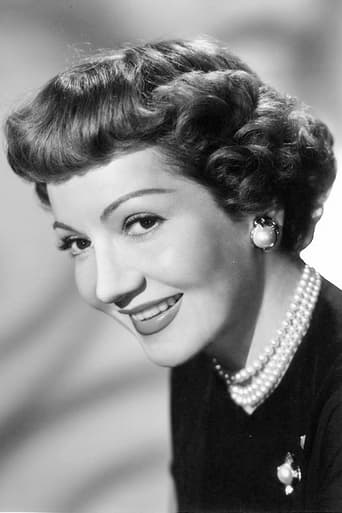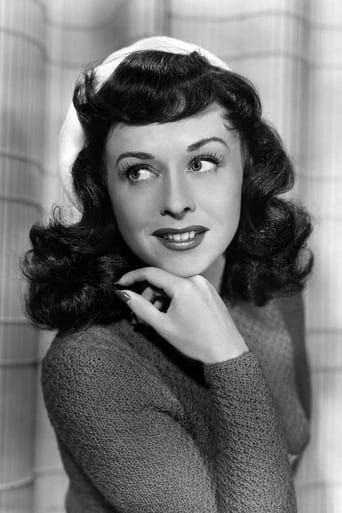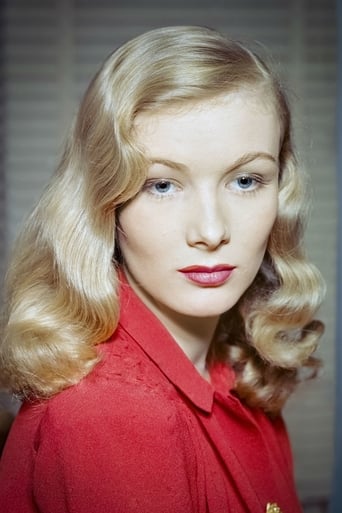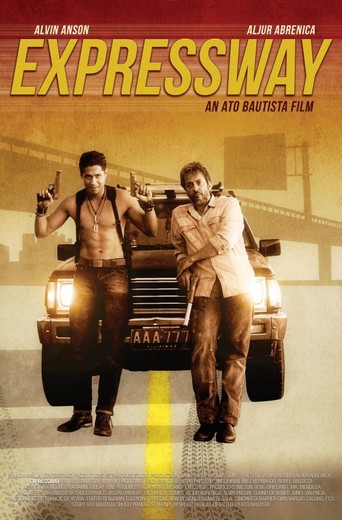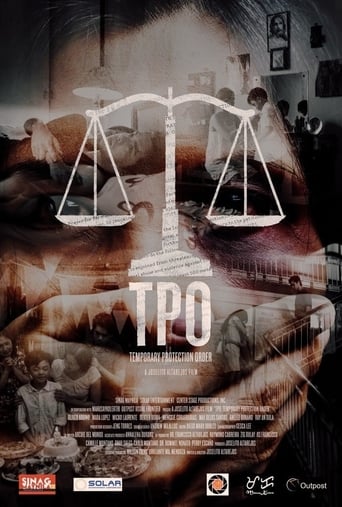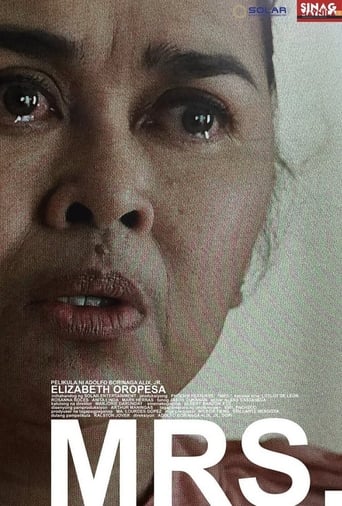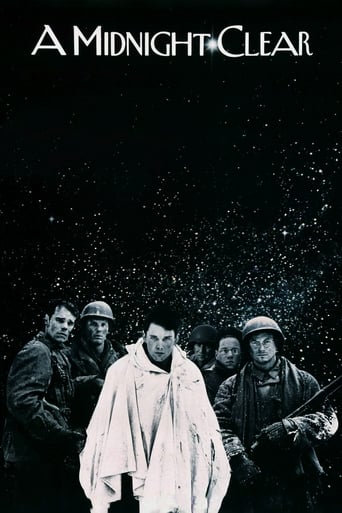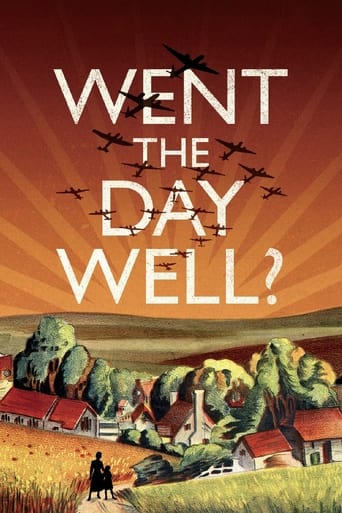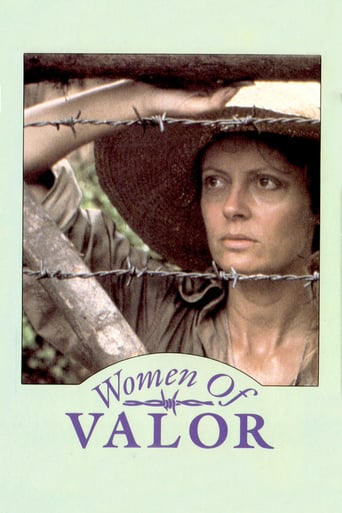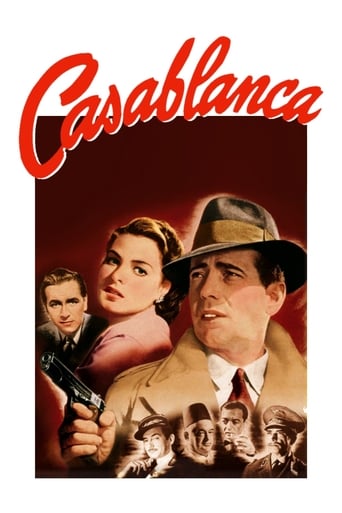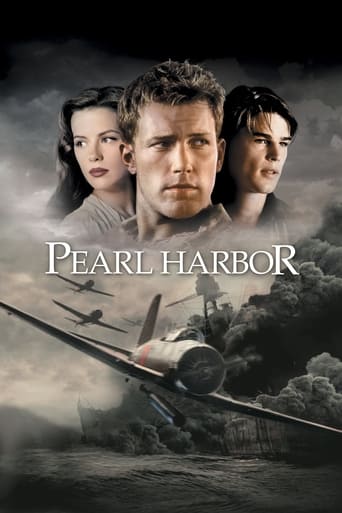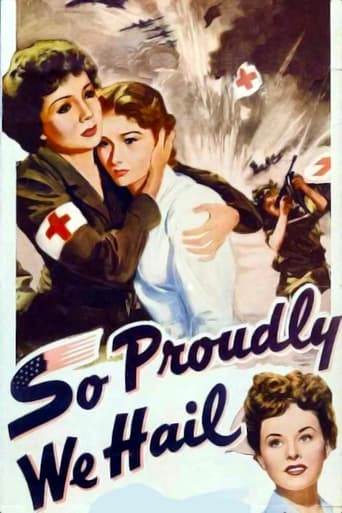
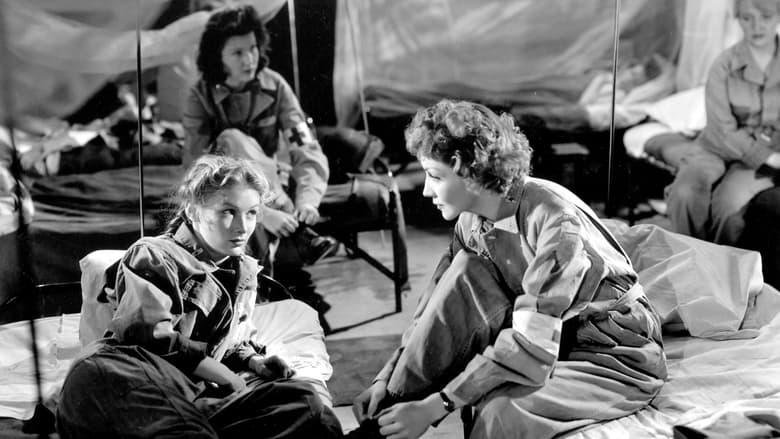
So Proudly We Hail (1943)
During the start of the Pacific campaign in World War II, Lieutenant Janet Davidson is the head of a group of U.S. military nurses who are trapped behind enemy lines in the Philippines. Davidson tries to keep up the spirits of her staff, which includes Lieutenants Joan O'Doul and Olivia D'Arcy. They all seek to maintain a sense of normal life, including dating, while under constant danger as they tend to wounded soldiers.
Watch Trailer
Cast


Similar titles
Reviews
Good story, Not enough for a whole film
Admirable film.
Entertaining from beginning to end, it maintains the spirit of the franchise while establishing it's own seal with a fun cast
If the ambition is to provide two hours of instantly forgettable, popcorn-munching escapism, it succeeds.
Producer: Mark Sandrich. Copyright 22 June 1943 by Paramount Pictures Inc. New York opening at the Radio City Music Hall: 9 September 1943 (ran 4 weeks). U.S. release: 26 June 1943. Australian release: 18 February 1944. Sydney opening at the Prince Edward: 18 February 1944 (ran 9 weeks). 11,351 feet. 126 minutes.WHAT IT'S ABOUT: Nurses stationed in Bataan. NOTES: Nominated for four Academy Awards (winners in brackets): Supporting Actress, Paulette Goddard (Katina Paxinou in For Whom the Bell Tolls), Original Screenplay (Princess O'Rourke), Black-and-White Cinematography (Song of Bernadette), Special Effects (Crash Dive).One of the top thirty box-office attractions in the U.S./Canada for 1943, the picture did even better in Australia, coming in 2nd to Double Indemnity as Paramount's top draw of 1944. Number 9 in The Film Daily "Ten Best" poll of American film critics. COMMENT: Seen to-day, Allan Scott's script could be accused of conventionality. But at the time of release, it seemed more daring and original. Certainly a military withdrawal (in this case from Bataan) has never been more graphically depicted than in this stunning picturization (produced and directed by the man whose present fame rests entirely upon his Astaire-Rogers musicals). Made with the extraordinary co-operation of the United States Defense Department, the action scenes are the most harrowing and realistic ever seen in a movie of this period. The usual jingoism is still abundant, but on this occasion it serves to heighten the picture's hideously stark realism. No expense has been spared in bringing these terrors to the screen. The technical skills, both behind and in front of the camera, are formidable.
Let's get the ending of the film over with first. Janet is catatonic because she thinks that John has died. But we really do not know that he has. Now, this, as an ending works fine, as it leaves the viewer wondering as well. I like endings that you just do not know what's what. But it's her reaction when the doctor reads the letter from John, and we do not know when he wrote it, other than he was not at the front and fighting, but sitting in some bar drinking that just ruins this movie. She hears his words, and the doctor's voice becomes John's voice, and she comes out of her trance, so we know that she will be okay" Whether John is alive or not. So we are to assume that she will go straight to the farm and either he is there, or not, but whatever, she will wait for him. My main problem with this movie was the age of the actresses portrayed to play the nurses. Colbert was 40 and Goddard 38, but at least Goddard could pull off being a nurse in her 20s. Colbert, though, looked every one of her years. And what really got me was that Reeves was 11 years younger than Colbert, and looked at least 5 years younger than he was when this film was made. She looked like she could have been his mother in some of those scenes. And then we have all the makeup she wore as well. I know they were trying to make her look younger, but it did not work. And in the middle of a war, there they all are, especially Colbert and Goddard, all dolled up. I had read that the studio was trying to make this movie as believable as possible, and there are some actresses, even now, who refuse to go bare-faced, but come on. Colbert was beautiful and probably could have pulled it off sans all that makeup. Most of the others seemed to do without too much. Overall, a decent representation from a nurse's point of view, but otherwise, not worth the time.
Not a single nurse in 1942-1945 who served in the Philippines died during the Japanese invasion or later in Japanese prison camps.In contrast, the death rate among males in both situations, which included the Bataan Death March (in which the nurses did not participate), was absolutely horrific, and included slave labor in Japan by being transported there by unmarked Japanese hell ships routinely sunk by unknowing U.S. submarines where starved, sick, suffocating men locked in holds drowned by the thousands.There were endless aspects of the movie that tried the viewer, even in 1943: maudlin speeches by the chaplain, nurses, and others (including a speech in a love letter at the end of the movie) every 15 minutes or so; front line soldiers and a Marine (who for some reason wanders around all alone in an Army unit, on the voyage over and in the Philippines when he should have been with his fellow Marines in the 4th Marine Regiment) who nonchalantly stroll back and forth at will from the front lines to the rear to schmooze with their girl friends; fraternization (absolutely forbidden) between a nurse and the (apparently) lost enlisted Marine (who is a PFC in his blouse and a Pvt. in his shirtsleeves); absolute confusion as whether these nurses were Red Cross (civilians) or U.S. Army and Navy; the usual tiresome 1940's litany of wisecracks; not a single, solitary mention of the U.S. Army medics and Navy Hospital Corpsmen who, unlike the nurses, indeed WERE in the front lines, decimated, and left behind with their patients (no Australia for them); Claudette Colbert and Paulette Goddard obviously too old for their roles; Veronica Lake with hair shoulder length; endless, childish cat fights; and a scene with Veronica Lake, Japanese soldiers (who don't fire but obligingly gather around), and a hand grenade which has no competition for the 20th Century's Prize for the Hands Down Stupidest Scene Ever Filmed in a War Movie. The production values were good, but that and its patriotism are the only positive things you can say about this movie.
Hollywood deserves a big hand of applause for making SO PROUDLY WE HAIL at a time when the U.S. was still involved in WW2 and our struggles to overcome the Japanese in the Pacific. It opened to popular acclaim at New York's Radio City Music Hall where it played to contented audiences who were both entertained and impressed by the war realism depicted as nurses undergo the rigors of work among the wounded.It's still pretty impressive, although some of the flag-waving gets a little heavy and the suds flow pretty freely when the nurses discover romance. Claudette Colbert leads the pack of nurses with a nobility only Claudette could demonstrate--and sincerity. In lesser roles, Veronica Lake and Paulette Goddard acquit themselves well, with Goddard receiving a Supporting Actress nomination.Sonny Tufts achieved instant popularity with his role as the bumbling Kansas and George Reeves had one of the best roles of his career as Colbert's love interest.What makes the film remarkable for its time is the way it handles all of the action sequences--and there are plenty of them. The explosions don't look as if they're happening on a studio set but in the jungles and terrain of the story--and they're mighty effective in their realism, something even today's audiences can appreciate.On the debit side, the story is a little overlong and the flashback technique might not appeal to everyone. Still, it has holding power and is an example of one of the finer films of the period to deal with the role of women during World War II.


